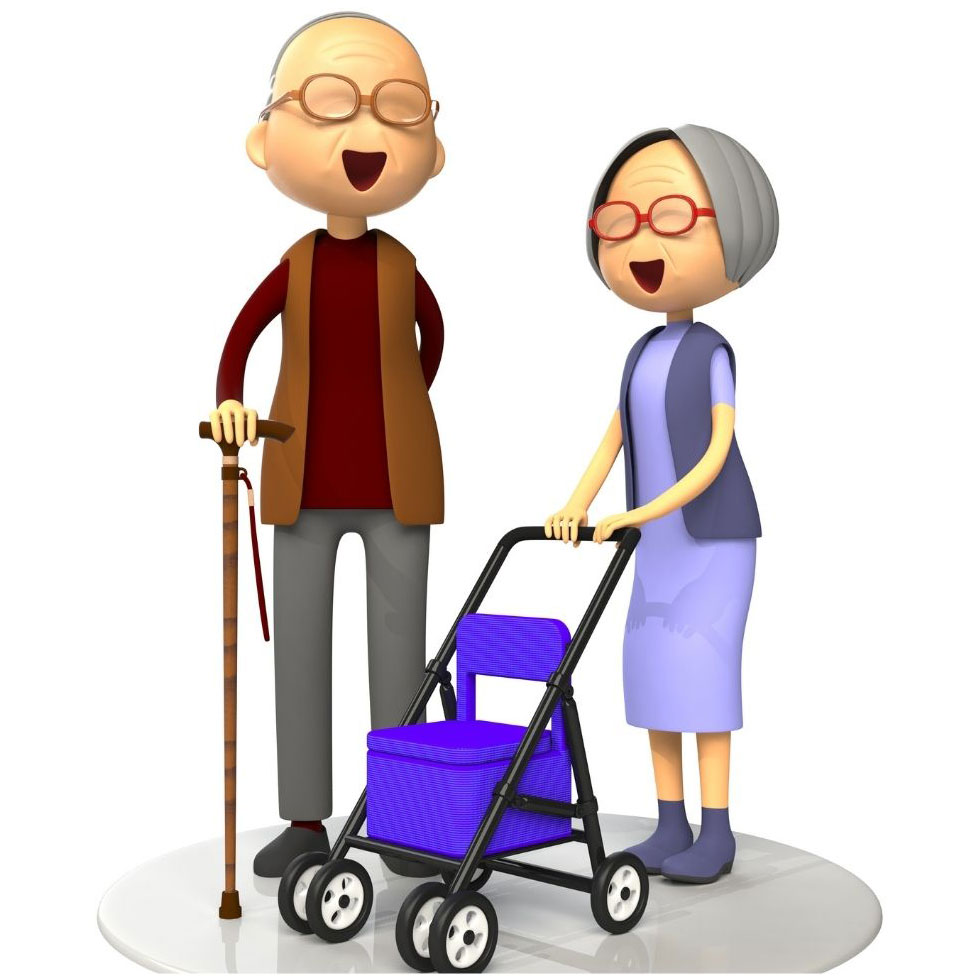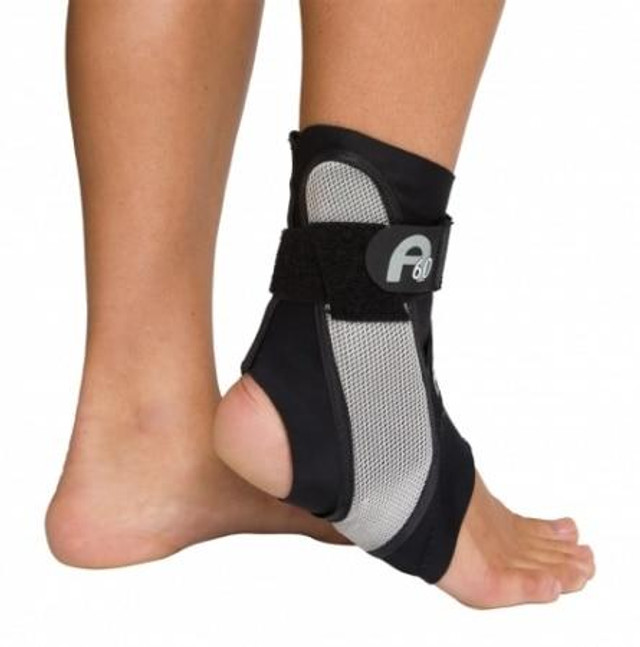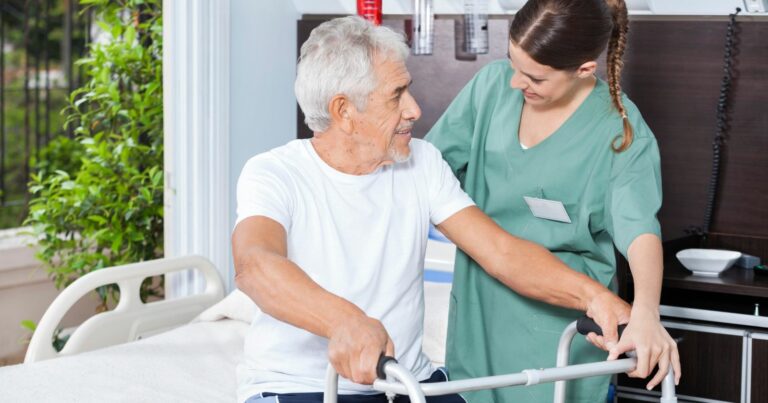Looking for How To Help With Elderly Abuse? This Review Reveals the best ways to help an elder with abuse. We can stop This or at least slow it down.
Elder abuse is a single, or repeated act, or lack of appropriate action occurring within any relationship where there is an expectation of trust, which causes harm or distress to an older person.
Elder abuse is common. Abuse, including neglect and exploitation, is experienced by about 1 in 10 people aged 60 and older who live at home. From 2002 to 2016, more than 643,000 older adults were treated in the emergency department for nonfatal assaults and over 19,000 homicides occurred.
How To Help With Elderly Abuse: We Need To Stop This. The First Step Is Education.
In this article, we’re reviewing how to educate people on how to help with elder abuse in 2021.
If You Don’t Get Help Now, You’ll Hate Yourself Later…
Identifying That Abuse Is Happening From The CDC
Elder abuse is an intentional act or failure to act that causes or creates a risk of harm to an older adult. An older adult is someone age 60 or older. The abuse occurs at the hands of a caregiver or a person the elder trusts. Common types of elder abuse include:
Physical Abuse
Physical abuse is when an elder experiences illness, pain, injury, functional impairment, distress, or death as a result of the intentional use of physical force and includes acts such as hitting, kicking, pushing, slapping, and burning.
Sexual Abuse
Sexual abuse involves forced or unwanted sexual interaction of any kind with an older adult. This may include unwanted sexual contact or penetration or non-contact acts such as sexual harassment.
Emotional or Psychological Abuse
Emotional or Psychological Abuse refers to verbal or nonverbal behaviors that inflict anguish, mental pain, fear, or distress on an older adult. Examples include humiliation or disrespect, verbal and non-verbal threats, harassment, and geographic or interpersonal isolation.
Neglect
Neglect is the failure to meet an older adult’s basic needs. These needs include food, water, shelter, clothing, hygiene, and essential medical care.
Financial Abuse
Financial Abuse is the illegal, unauthorized, or improper use of an elder’s money, benefits, belongings, property, or assets for the benefit of someone other than the older adult.
Risk and Protective Factors From The CDC
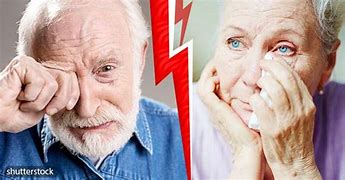
A combination of individual, relational, community, and societal factors contribute to the risk of becoming a perpetrator of elder abuse. They are contributing factors and may or may not be direct causes. Understanding these factors can help identify various opportunities for prevention.
Risk Factors for Perpetration
Individual Risk Factors
- Current diagnosis of mental illness
- Current or past abuse of drugs or alcohol
- Current physical health problem
- Past experience of disruptive behavior
- Past experience of traumatic events
- High levels of stress
- Poor or inadequate preparation or training for caregiving responsibilities
- Inadequate coping skills
- Exposure to or witnessing abuse as a child
- Social isolation
Relationship Risk Factors
- High financial and emotional dependence upon a vulnerable elder
- Past family conflict
- Inability to establish or maintain positive prosocial relationships
- Lack of social support
Societal Risk Factors
There are specific characteristics of institutional settings such as nursing homes and residential facilities, that can increase the risk for perpetration including:
- Staffing problems and lack of qualified staff
- Staff burnout and stressful working conditions
Protective Factors for Elder Abuse
Protective factors reduce the risk for perpetrating or experiencing abuse and neglect. Protective factors have not been studied as extensively as risk factors. However, identifying and understanding protective factors are equally as important as researching risk factors.
Things You Can Do To Help Elderly Abuse
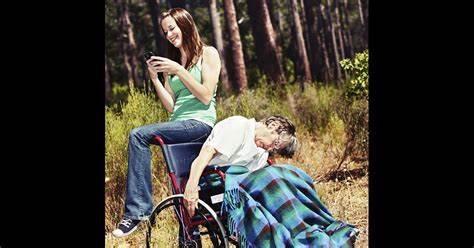
- Listen to older adults and their caregivers to understand their challenges and provide support.
- Report abuse or suspected abuse to Adult Protective Services.
- Educate oneself and others about how to recognize and report elder abuse.
- Learn how the signs of elder abuse differ from the normal aging process.
- Check-in often on older adults who may have few friends and family members.
- Provide over-burdened caregivers with support such as
- Help from friends, family, or local relief care groups
- Adult day care programs
Other Places For You To Explore
Exploring
Conclusion
Even though Elder abuse is common.
We Need To Stop This. The First Step Is Education.
In this article, we’re reviewing how to educate people on how to help with elder abuse in 2021.
If You Don’t Get Help Now, You’ll Hate Yourself Later…
Jump in…
Good Luck…
Here Are Some Other Posts That Might Help:
[amazon bestseller=”help with elder abuse”]
